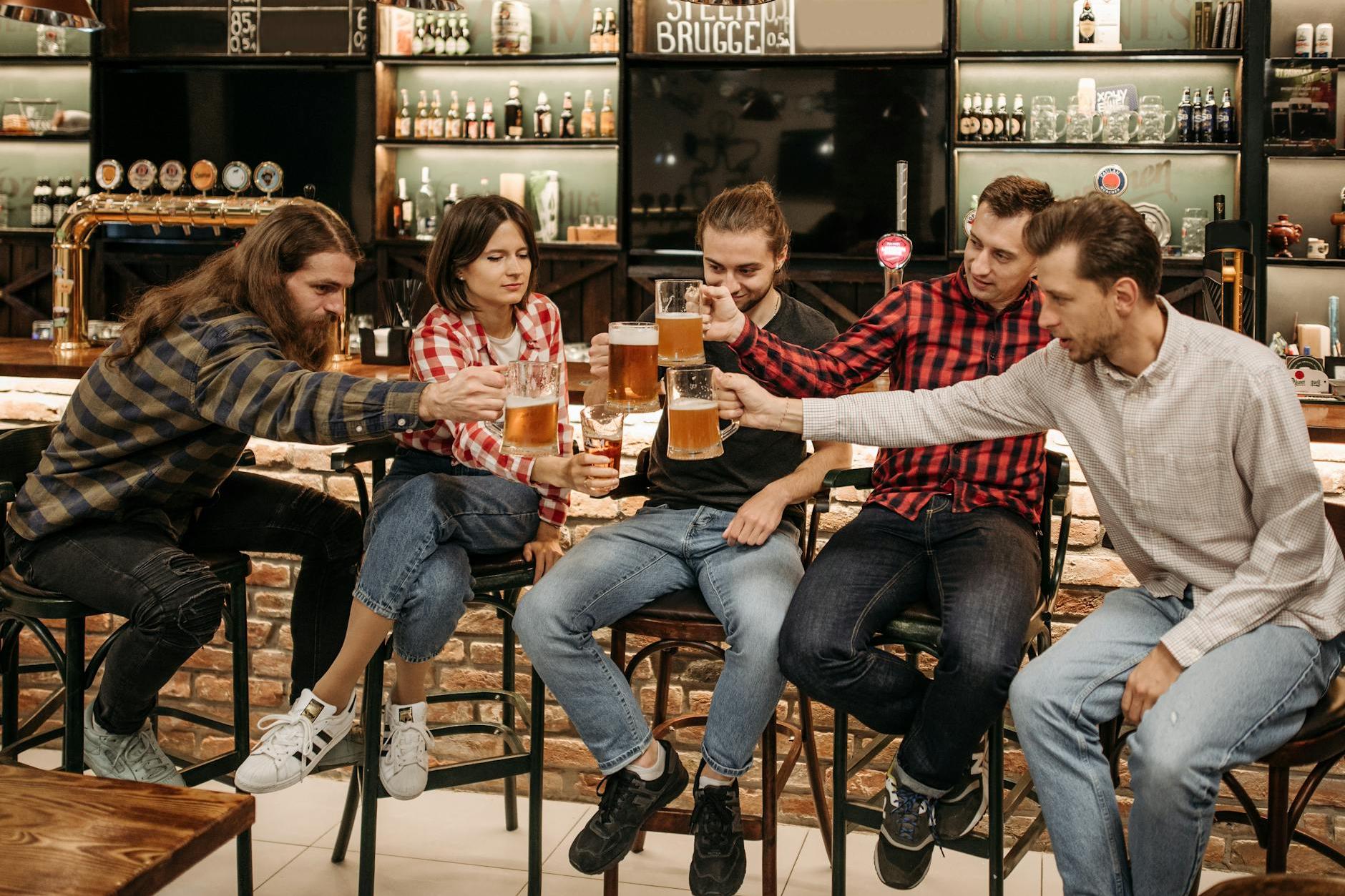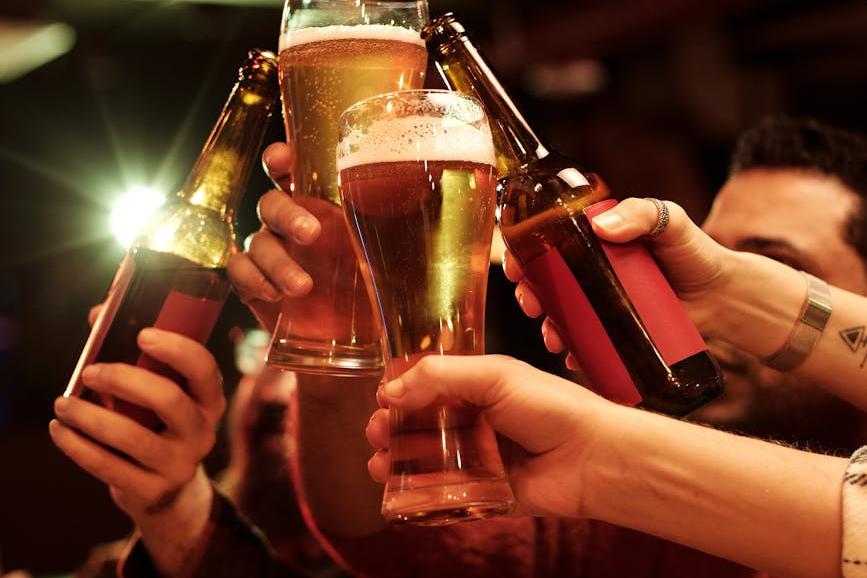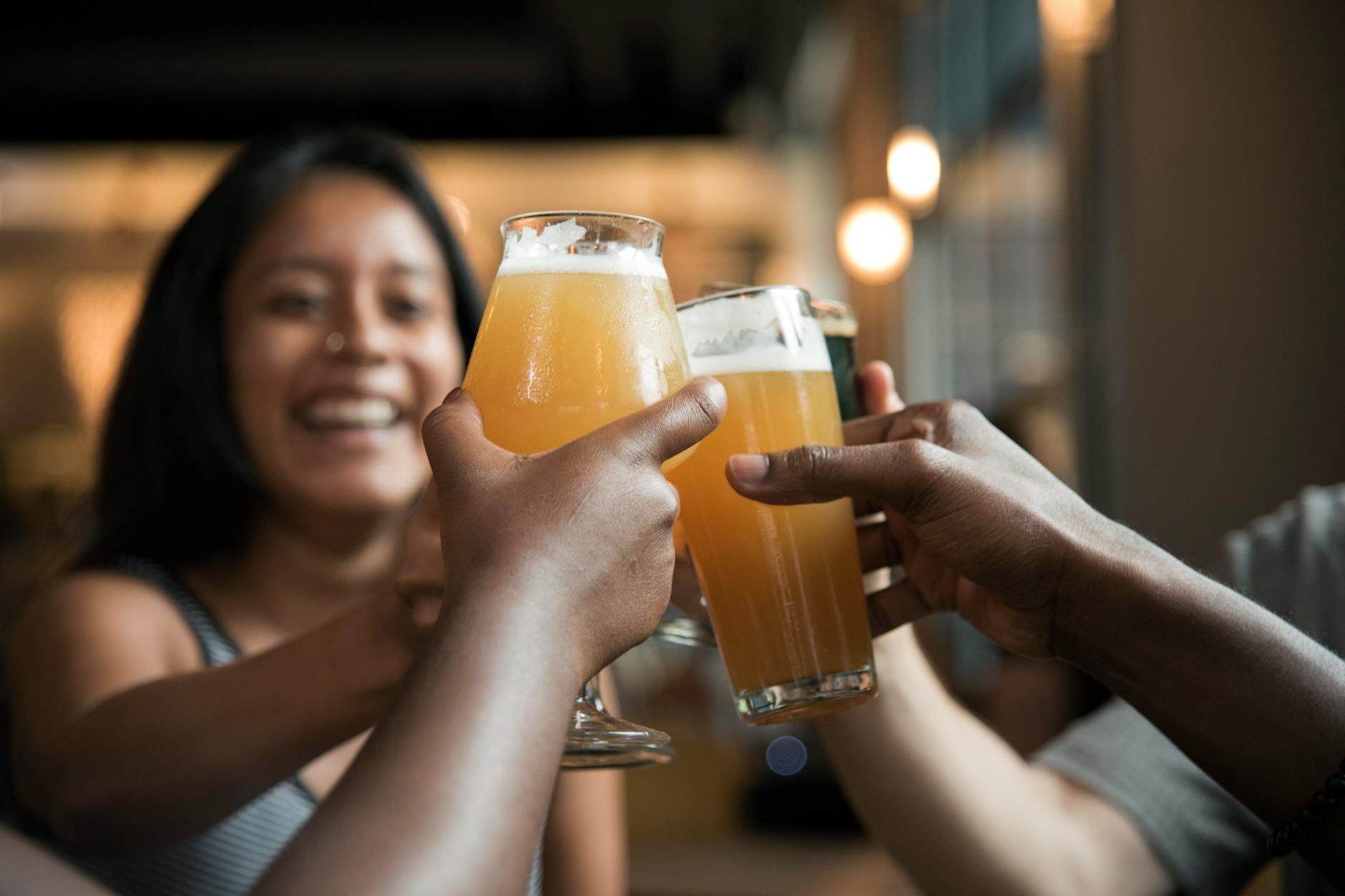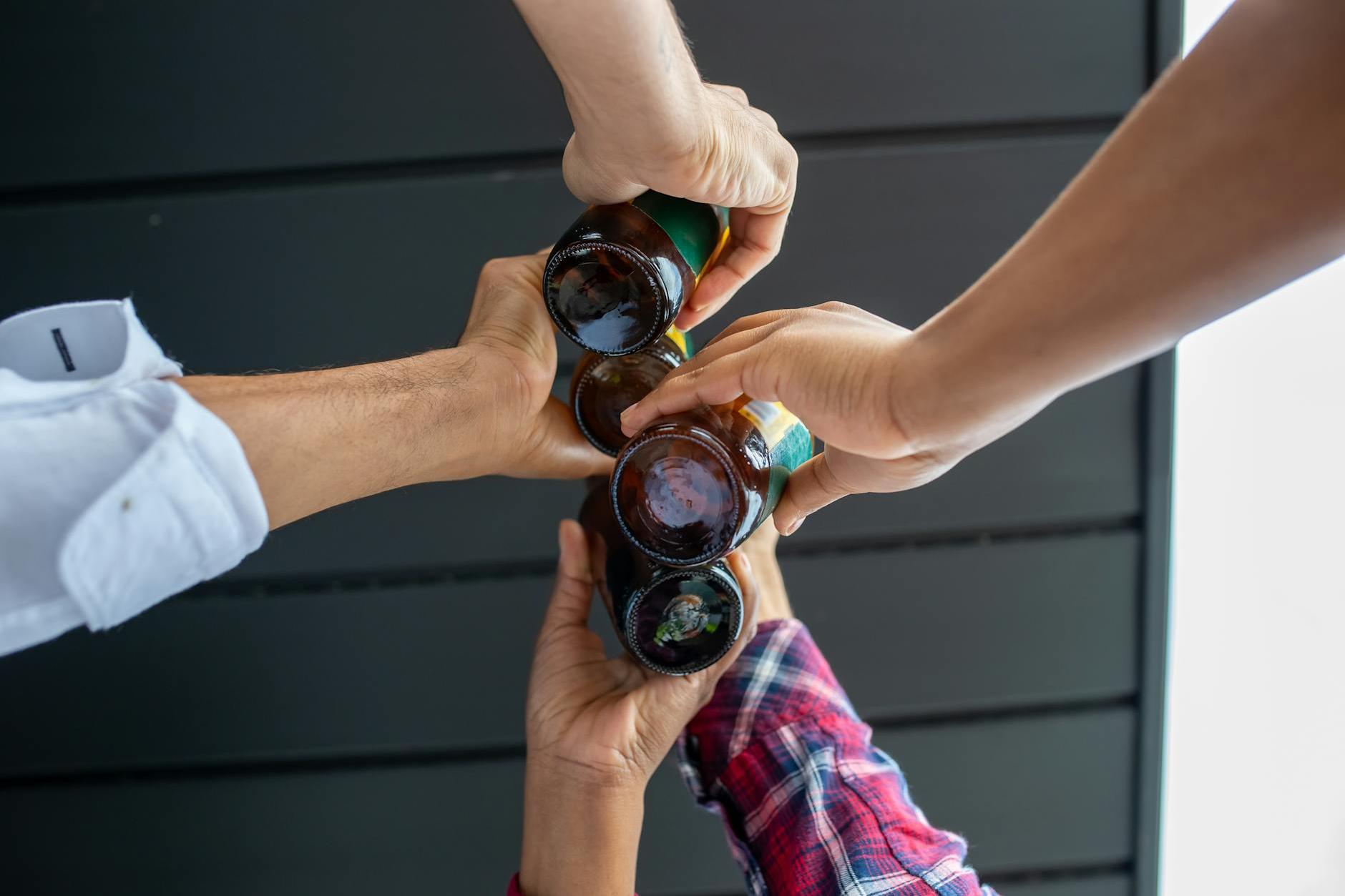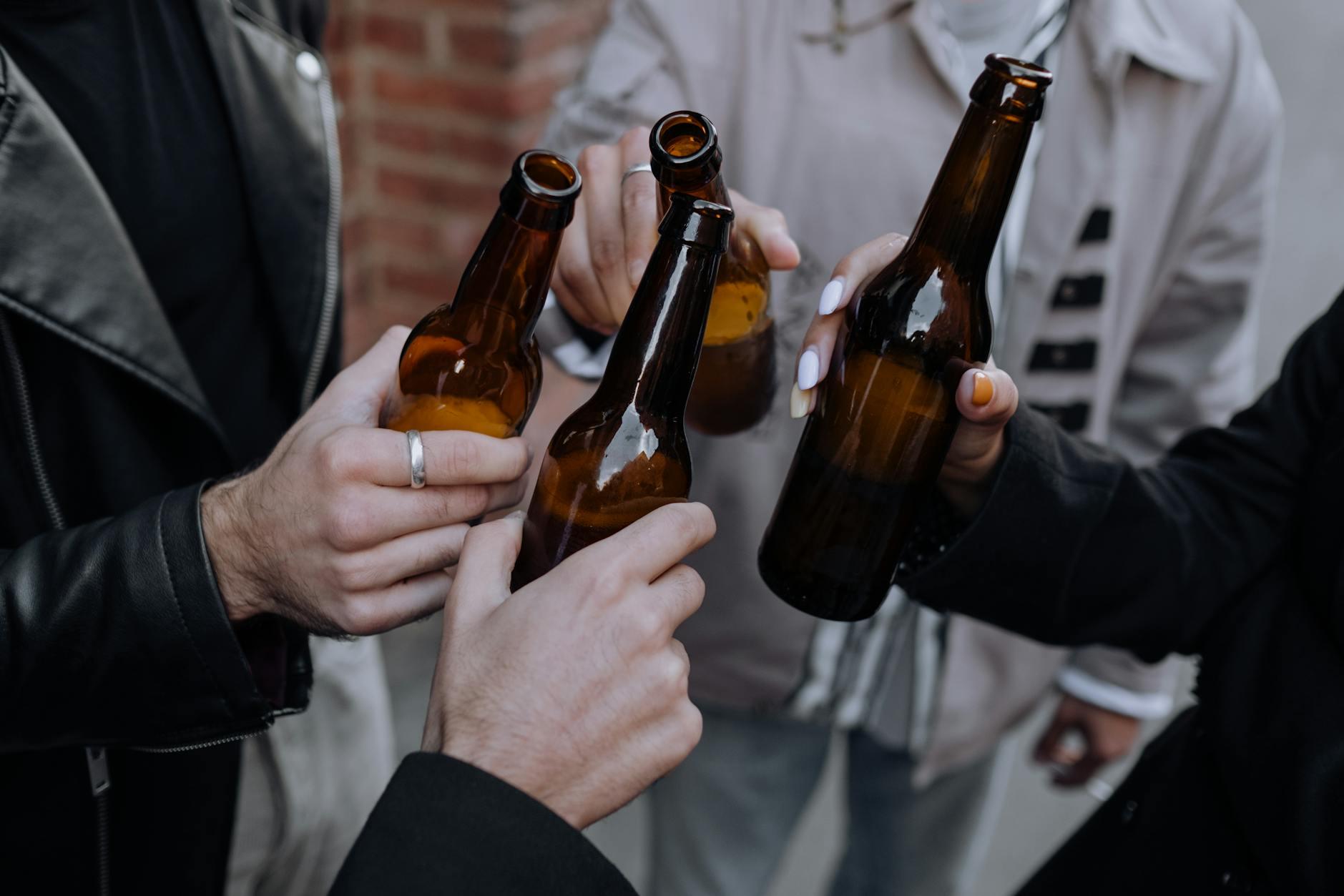- 20 Years of Expertise in Import & Export Solutions
- +86 139 1787 2118
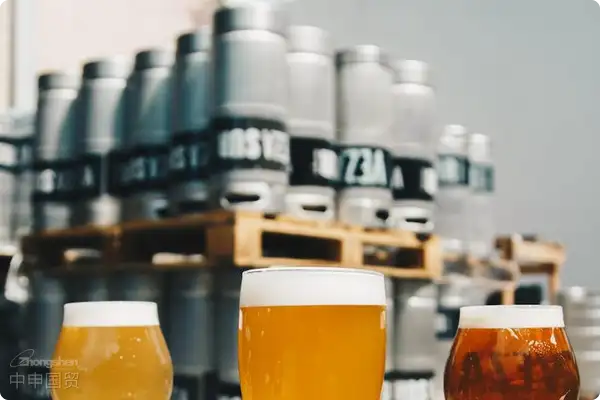
When Golden Elephant Beer Meets Chinese Customs: A Comprehensive Guide to Clearance Procedures
Last year, a client enthusiastically shipped three containers of Thai-style IPA, only to have them stuck at the Shenzhen port for a full 45 days—because the translation of "craft beer" on the label didn't meet regulatory standards. Such frustrating experiences are far from rare in the world of importing Thai beer. Today, with twenty years of hands-on experience, we’ll map out a guide to help you avoid these pitfalls.
Three "Passes" That Must Be Secured Before Importation
- Food Circulation Permit: Unlike ordinary goods, alcoholic beverages require separate registration. The new regulations in 2025 stipulate that importers must have a registered capital of no less than 2 million.
- Alcohol business license: Issued by provincial-level commerce departments, special attention should be paid to the production date, which must not exceed one-third of the shelf life from the date of declaration.
- ?Certificate of Origin?FORM E certificate: Thailand Chamber of Commerce certification, remember to verify whether the HS code includes beer (usually 2203.00).
Customs clearance cost actuarial: These hidden costs are most easily overlooked.
| Type of fee | Common understanding | Actual Expenditure |
|---|---|---|
| Tariff | 0% (China-ASEAN Agreement Tariff Rate) | 13% VAT + 10% Consumption Tax |
| Label rectification | Please translate the following Chinese text into English: Text translation | Nutrition Facts Table Redesign (Thai Standards Differ from Chinese Standards) |
| Warehousing Fees | Regular stacking fees | Constant temperature warehouse premium (craft beer requires storage at 18-25°C) |
Those "Bizarre" Cases We Encountered Over the Years
- Temple element packaging: A brand printed Buddha statues on its bottle, violating the religious provisions of the Advertising Law.
- Alcohol content oolong: The declared alcohol content was 5%vol, but the actual test result was 5.2%vol, leading to the entire batch being returned.
- Wooden Pallet Crisis: Untreated pallets lead to doubled quarantine treatment fees.
Five Golden Criteria for Choosing the Right Customs Broker
- Please check the customs clearance records of alcoholic beverages for the past three years (a screenshot of the customs system is required).
- Please confirm whether a professional food-grade warehouse is equipped (on-site inspection of temperature control equipment is required).
- Please translate the following Chinese into English: Inquire about the configuration of the exception handling team (at least 3 customs professionals with over 5 years of experience).
- Verify the accuracy of pre-classification (historical declaration error rate statistics required)
- Test response speed (from email inquiry to proposal submission within no more than 4 hours)
Special Reminder: New Trends in Customs Inspection for 2025
Recent developments at Qingdao Port: Customs has begun using spectrometers to rapidly test the composition of alcoholic beverages. A batch of lemon-flavored beer was completely destroyed after undeclared food additives were detected. It is strongly recommended to conduct third-party testing before import, especially:
- Sulfur dioxide residue (shall not exceed 0.01g/kg)
- Analysis of Hop Extract Components
- Detection of the Ratio Between Maltose and Sucrose
I remember the last time I helped a client handle a batch of Thai dark beer. Because we had prepared the raw material traceability documents in advance, it only took three days to complete the release when faced with sampling inspections. In the game of customs clearance, those who are well-prepared always hold the initiative.
Recommended for You
Category Case
Contact Us
Email: service@sh-zhongshen.com
Recommended for You
Contact via WeChat

? 2025. All Rights Reserved.
